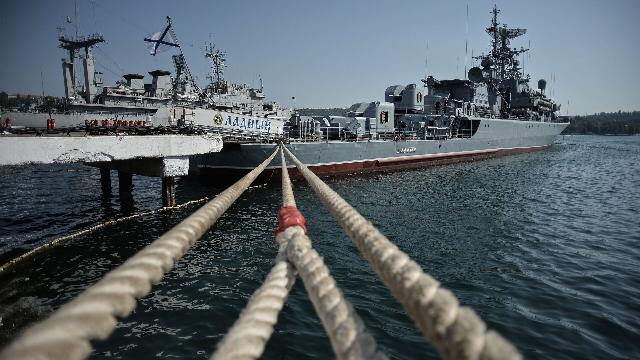Biologist: only a few countries in the world can prepare combat dolphins
MOSCOW, July 23 — RIA Novosti, Andrey Kotz. Today, the International Day of Whales and Dolphins is celebrated all over the world — on July 23, 1982, the International Whaling Commission banned the commercial extraction of marine mammals. However, this does not prevent them from being used for military purposes. There are training programs for such animals in both Russia and the USA. About the capabilities of the "combat swimmers" — in the material of RIA Novosti.
With a bayonet and a camera
Specially trained elephants, horses, dogs, pigs, insects — even rats and snakes — have made a significant contribution to the development of military science. Cetaceans stand apart: they are ahead of dogs in intelligence, while many species are easy to train and master the features of tactical techniques. Of course, people did not miss the chance to use the intelligence of these animals to their own advantage.
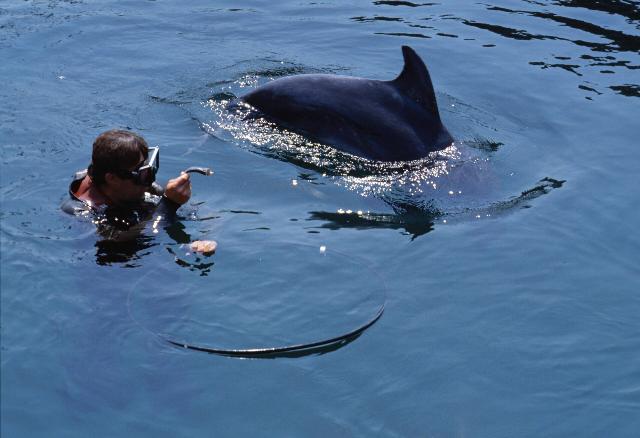
Naval Dolphinarium in the Cossack Bay of Sevastopol
Image source: © RIA Novosti / Igor Mikhalev
In the USSR, they began to study the possibilities of using bottlenose dolphins for military purposes back in the sixties. A research center was opened on the Black Sea coast, and already in 1975 the first "combat swimmers" joined the ranks. In the course of research, it turned out that marine mammals are able to fight no worse than their land and upright instructors.
The animals were taught to track down and destroy underwater saboteurs with a bayonet fixed on their heads. A dolphin develops tremendous speed underwater, and it is almost impossible to dodge it — in the water element, a bottlenose dolphin acts much faster and more maneuverable than a person even with the highest level of physical fitness.
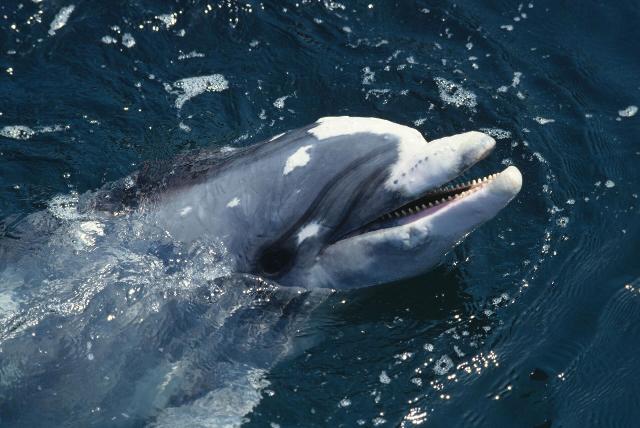
Dolphin at the Naval Dolphinarium in the Cossack Bay of Sevastopol
Image source: © RIA Novosti / Igor Mikhalev
Moreover, the dolphin could destroy or seriously damage a warship — special mines with magnetic "Velcro" were developed for this purpose. The projectile was mounted on the animal's back. It was enough for the bottlenose dolphin to swim up and lean against the hull so that the deadly "gift" would cling tightly to the steel hull. A hole below the waterline did not guarantee the destruction of the vessel, but it permanently disabled it.
Aquatic mammals were also trained for military needs in the United States, at the base in San Diego. In the same formation with bottlenose dolphins, there were California sea lions, which are capable of performing even more complex combat tasks than dolphins. For example, the Americans installed video cameras on their flippers, which allowed them to remotely monitor various underwater objects — from submarines to sunken ships. The only drawback is that each animal has its own character, and it will not always do what a person needs. In addition, training is very expensive.
An expensive pleasure
"Only very rich countries can afford such a complex training program," says Alexey Babchenko, Doctor of Biological Sciences. — It used to be the USA and the USSR. I've read about experiments with dolphins, belugas and sea lions. In principle, they did not play any significant roles in armed conflicts. According to rumors, the Americans used sea lion seals during the Iraq War to check the waters for the presence of underwater saboteurs. But we might not have heard about many things. Dolphins and pinnipeds have high learning ability, but it is very expensive to train even one individual and, in principle, it is not necessary. I repeat, only very rich and developed countries can do this, which already have the technical means to perform similar tasks."
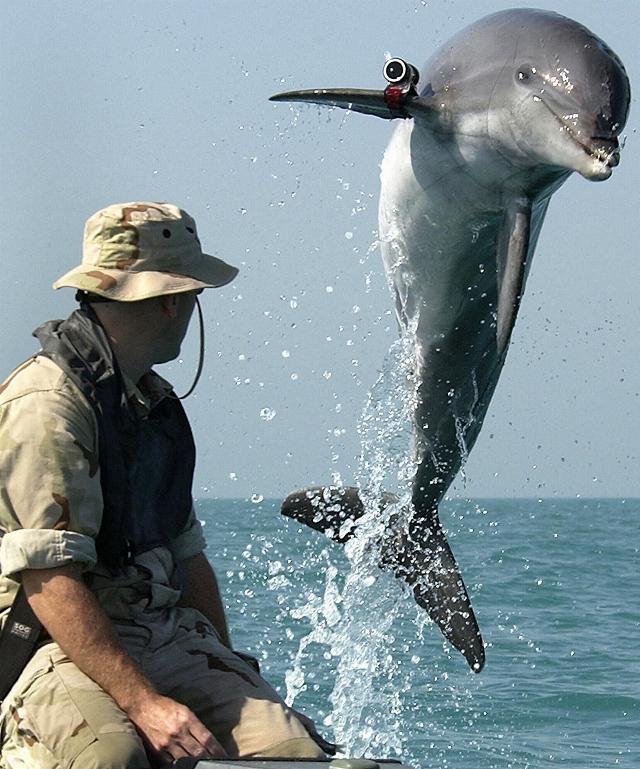
The combat dolphin of the U.S. Navy Marine Mammal Program, nicknamed KDog
Image source: © AFP 2024 / US NAVY/BRIEN AHO
Now both the American and Russian marine mammal combat training programs are strictly classified. There is no official data on the use of dolphins, sea lions or belugas for military purposes. However, last year, Western media repeatedly reported that trained dolphins are being attracted to the protection of the Black Sea Fleet base in Sevastopol. This was stated, in particular, by the Navalnews portal. There is no official confirmation of this information.
It is reliably known that during the collapse of the USSR and the division of the Black Sea Fleet, the dolphin unit came to Ukraine, where animals were practically not engaged. In 2014, Crimea and Sevastopol became part of Russia, the base returned, and work intensified. In March 2016, the Ministry of Defense of the Russian Federation placed an order for the purchase of five Black Sea bottlenose dolphins with a total cost of 1.7 million rubles.
According to the portal on public procurement, dolphins for the military department must meet the following requirements: the ratio of females to males is two to three, the minimum age is three years, the maximum is five years, the minimum total body length is 2.3 meters, the maximum is 2.7 meters, the condition of the skin is without visible lesions.
For modern warfare
Emmanuel Nobel, the nephew of the famous inventor, proposed to train dolphins for military purposes back in the XIX century. However, the idea was recognized much later. In 1915, trainer Vladimir Durov turned to the General Staff of the Russian Imperial Navy. He proposed to defuse underwater mines with the help of seals. The War Ministry became interested, and in three months twenty animals were prepared in Balaklava Bay.
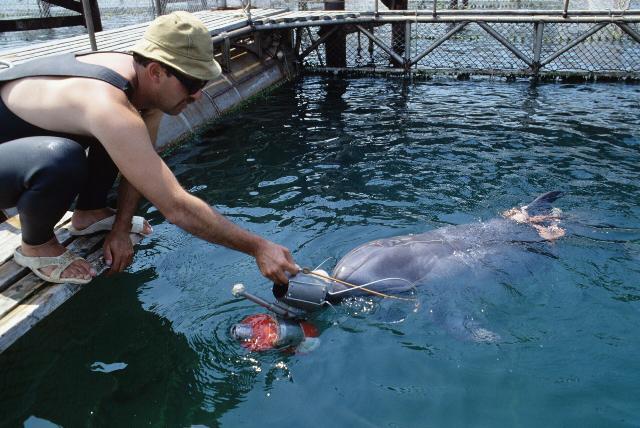
The instructor trains the dolphin to detect objects underwater. Naval Dolphinarium in the Cossack Bay of Sevastopol
Image source: © RIA Novosti / Igor Mikhalev
During demonstration training, they easily detected dummy anti-ship mines under water and marked them with special buoys, but it was not possible to check the seals in combat conditions. In the USA, it was only in the fifties that they began to study marine mammals for military use. According to open sources, work continues today — for example, in 2007, the US Navy spent $ 14 million on these studies. In particular, they studied the possibility of using dolphins to combat small-sized naval vessels.
It is possible that the Russian Navy is also engaged in similar developments. However, the topic of fighting dolphins is so classified that it is very difficult to speculate.
